Michele Fenzi
Cosmos World Foundation Model Platform for Physical AI
Jan 07, 2025



Abstract:Physical AI needs to be trained digitally first. It needs a digital twin of itself, the policy model, and a digital twin of the world, the world model. In this paper, we present the Cosmos World Foundation Model Platform to help developers build customized world models for their Physical AI setups. We position a world foundation model as a general-purpose world model that can be fine-tuned into customized world models for downstream applications. Our platform covers a video curation pipeline, pre-trained world foundation models, examples of post-training of pre-trained world foundation models, and video tokenizers. To help Physical AI builders solve the most critical problems of our society, we make our platform open-source and our models open-weight with permissive licenses available via https://github.com/NVIDIA/Cosmos.
Object-Level Targeted Selection via Deep Template Matching
Jul 05, 2022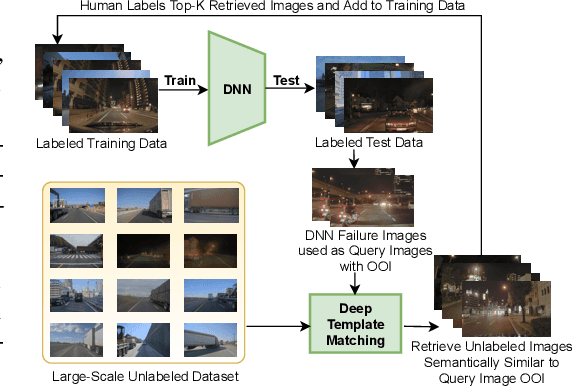
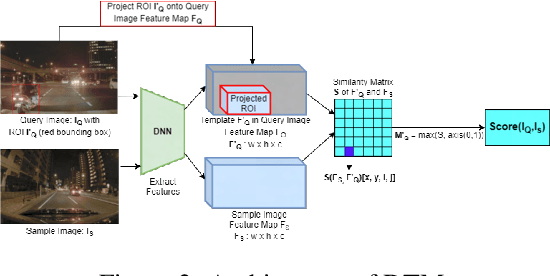
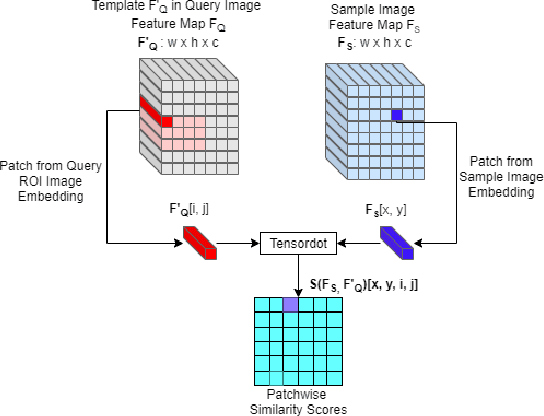
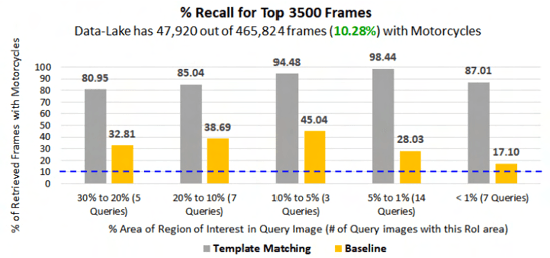
Abstract:Retrieving images with objects that are semantically similar to objects of interest (OOI) in a query image has many practical use cases. A few examples include fixing failures like false negatives/positives of a learned model or mitigating class imbalance in a dataset. The targeted selection task requires finding the relevant data from a large-scale pool of unlabeled data. Manual mining at this scale is infeasible. Further, the OOI are often small and occupy less than 1% of image area, are occluded, and co-exist with many semantically different objects in cluttered scenes. Existing semantic image retrieval methods often focus on mining for larger sized geographical landmarks, and/or require extra labeled data, such as images/image-pairs with similar objects, for mining images with generic objects. We propose a fast and robust template matching algorithm in the DNN feature space, that retrieves semantically similar images at the object-level from a large unlabeled pool of data. We project the region(s) around the OOI in the query image to the DNN feature space for use as the template. This enables our method to focus on the semantics of the OOI without requiring extra labeled data. In the context of autonomous driving, we evaluate our system for targeted selection by using failure cases of object detectors as OOI. We demonstrate its efficacy on a large unlabeled dataset with 2.2M images and show high recall in mining for images with small-sized OOI. We compare our method against a well-known semantic image retrieval method, which also does not require extra labeled data. Lastly, we show that our method is flexible and retrieves images with one or more semantically different co-occurring OOI seamlessly.
Scalable Active Learning for Object Detection
Apr 09, 2020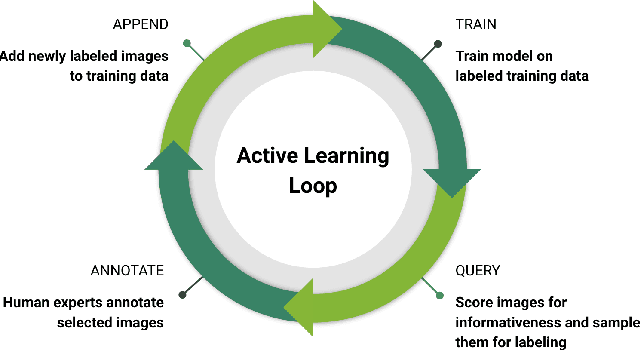
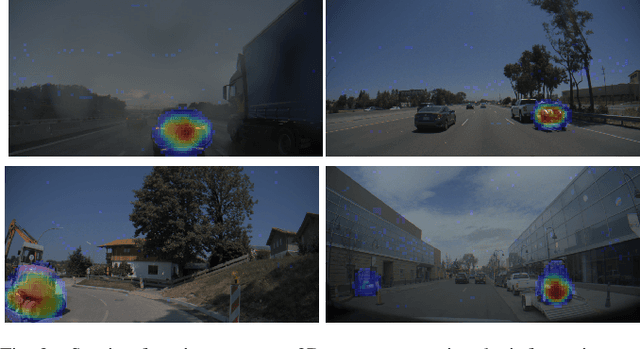
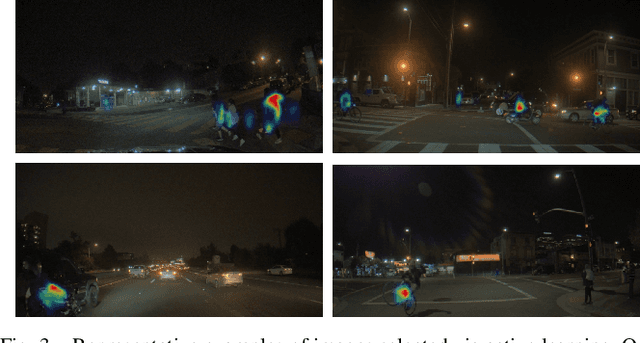
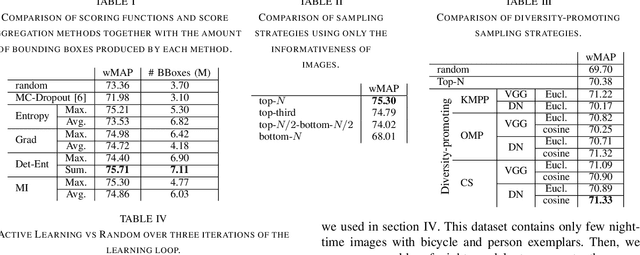
Abstract:Deep Neural Networks trained in a fully supervised fashion are the dominant technology in perception-based autonomous driving systems. While collecting large amounts of unlabeled data is already a major undertaking, only a subset of it can be labeled by humans due to the effort needed for high-quality annotation. Therefore, finding the right data to label has become a key challenge. Active learning is a powerful technique to improve data efficiency for supervised learning methods, as it aims at selecting the smallest possible training set to reach a required performance. We have built a scalable production system for active learning in the domain of autonomous driving. In this paper, we describe the resulting high-level design, sketch some of the challenges and their solutions, present our current results at scale, and briefly describe the open problems and future directions.
 Add to Chrome
Add to Chrome Add to Firefox
Add to Firefox Add to Edge
Add to Edge